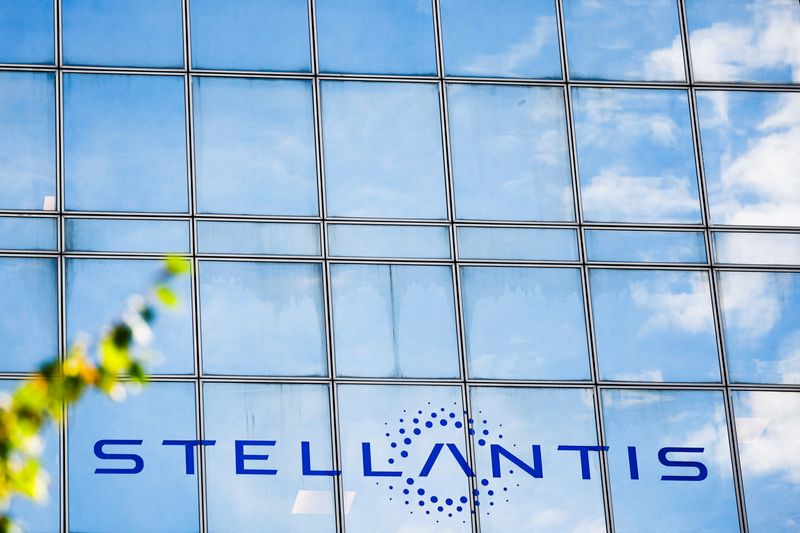In quantitative finance, the asset price is often modeled as the Geometric Brownian Motion (GBM). The GBM model is a stochastic process that describes the evolution of a price or other measurable quantity over time, assuming that it is subject to small random fluctuations (or “noise”) at each point in time. The model is used to price options and other financial derivatives and is also a key ingredient in the Black-Scholes option pricing formula. The GBM model assumes that the autocorrelation of asset returns is zero.
Lately, there is some effort devoted to developing asset and options pricing models where the autocorrelation of the underlying asset returns is non-zero, i.e. the asset is mean-reverting or trending. In this context, Reference [1] examined trading strategies developed based on the autocorrelation property of asset price and volatility,
We have investigated strategies for trading stocks based on measures of roughness in their volatility. We have compared long-short strategies based on realized roughness (calculated from high-frequency stock returns) and implied roughness (calculated from option prices). Both measures support a strategy of buying stocks with rougher volatilities and selling stocks with smoother volatilities; but sorting on implied roughness yields higher returns and is more robust to controlling for other factors. In particular, it is robust to controlling for illiquidity and the level of the ATM skew.
We have argued that implied roughness provides a measure of near-term idiosyncratic risk: a stock with greater implied roughness is one that the market perceives to have downside uncertainty that will be resolved quickly. On this interpretation, the profitability of our rough- minus-smooth strategy reflects compensation for bearing this risk. The performance of our strategy is enhanced near earnings announcements, when stocks face elevated idiosyncratic risk, and it is suppressed near FOMC announcements, when the dominant near-term risk is systematic.
In short, the autocorrelation property, which is embedded in the roughness/smoothness of volatilities, can be exploited to develop profitable investment strategies. This article contributes to a small number of papers that study the trending/mean-reverting property of asset prices in trading and portfolio management.
References
[1] P. Glasserman and P. He, Buy Rough, Sell Smooth (2018). https://ssrn.com/abstract=3301669
Further questions
What's your question? Ask it in the discussion forum
Have an answer to the questions below? Post it here or in the forum




